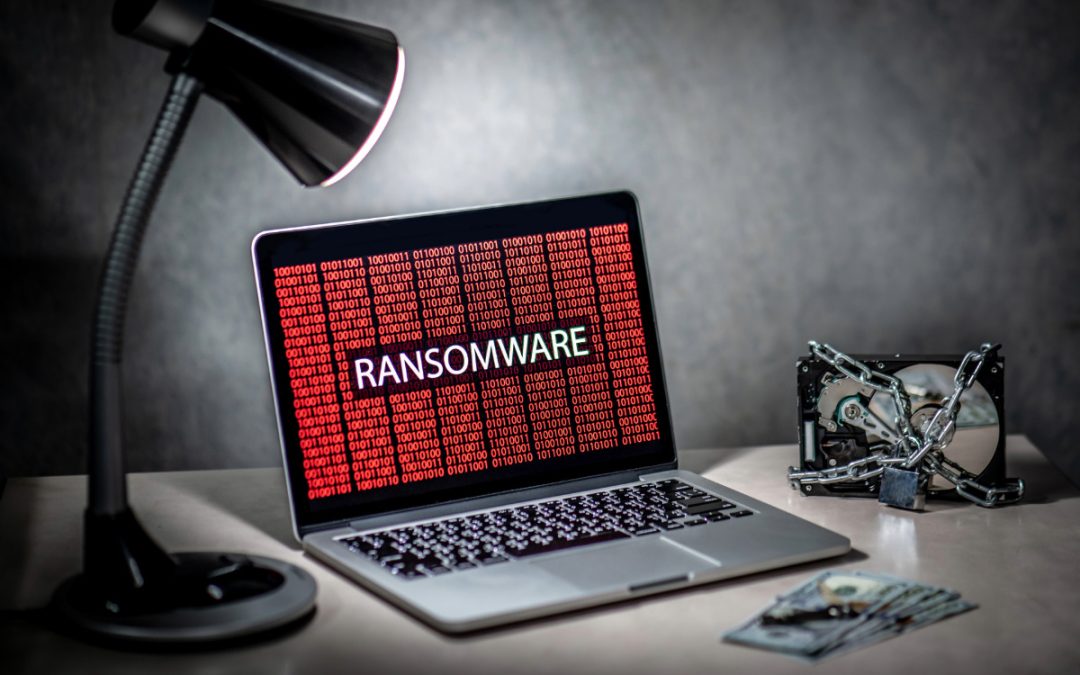As we continue Cybersecurity Month 2023, today, we want to discuss the value of software updates in securing our world. Around 31% of companies have detected attempts to exploit software vulnerabilities, making that a common weak point. Beyond that, patches often add new features, bug fixes, and other benefits. Whether you’re an individual user or a business owner, software updates are not only valuable, but also one of the easiest ways to stay productive and safe.
Table of Contents
How Software Updates Boost Cybersecurity
Bug Fixes Help Programs Run Better
Feature Updates Can Improve Your Experience
Managing Software Updates Without the Hassle
The Risks of Ignoring Software Updates
When Not to Update: Exceptions to the Rule
Software Updates Are Valuable for Everyone
What Are Software Updates?
Software updates are improved versions of existing programs that fix issues, enhance security, and ensure smooth performance on computers and mobile devices. Most fall within a few different areas: security updates, feature updates, and bug fixes. Mobile devices see more frequent updates than computers, as 38% of apps are updated at least once per week.
Security updates aim to protect users from newly discovered threats. Feature updates bring in new functionalities to improve the user’s interaction with the program. Bug fixes are intended to resolve specific issues that have been identified in the existing software. Developers roll out these updates periodically, either as small patches or combined into a larger patch.
How Software Updates Boost Cybersecurity
Software updates serve as a strong yet simple way to boost cybersecurity. When developers discover security holes, they create patches to fix them. Considering that 75% of applications have at least one security flaw, it’s more common than many people realize. These fixes are then bundled into patches, which may involve other changes, too. Delaying updates for too long can leave devices at risk, much like forgetting to lock a door.
Another benefit of regular software updates is the addition of new security features. Patches aren’t just about reacting to current flaws but staying a step ahead. That means developers are always looking for ways to lock down their programs better. In turn, having the latest protection allows you to stay safer against trending threats before they even attempt a cyberattack.
Bug Fixes Help Programs Run Better
When software is developed, it often contains bugs, which are unintended behaviors or errors that impact how it’s used. These could range from minor glitches affecting its appearance to critical security issues. Bug fixes are essential software updates that resolve those issues and improve performance. Most software has bugs, and while they’re not always obvious, downloading the latest patches ensures you get the best experience.
Feature Updates Can Improve Your Experience
Feature updates are upgrades or additions to a software program. Unlike bug fixes, which aim to resolve existing issues, these introduce new features that make the software more efficient, user-friendly, and versatile. These updates can range from minor tweaks, such as interface adjustments, to complete redesigns or new functions. Because technology and user needs are continually evolving, these software updates help ensure it stays relevant.
Managing Software Updates Without the Hassle
Effectively managing software updates doesn’t have to be a daunting task. To make the process as smooth as possible, consider enabling auto-updates. That guarantees you’re always using the most up-to-date version without lifting a finger. In a business setting or if you’d like more control, planned manual updates can also work but require proper planning. Setting a calendar reminder or enabling update notifications can help if you have trouble remembering.
Scheduling updates for off-hours can reduce disruptions. Larger updates may require you to reboot your device, which isn’t always practical during the day or work week. Also, don’t forget to back up important data before applying any updates. If something goes wrong, you can restore it from a previous point.
The Risks of Ignoring Software Updates
Ignoring software updates can have many negative consequences, impacting everything from your cybersecurity to your system’s health. Understanding the specific risks involved can underscore the importance of keeping your software current.
Cybersecurity Vulnerabilities: Ignoring updates leaves your system exposed to attacks, as many updates contain fixes for known security flaws. Outdated software can result in unauthorized data access, identity theft, and system breaches.
Reduced Performance: Over time, outdated software tends to slow down and become unresponsive, negatively affecting productivity and user experience.
Compatibility Issues: As technology evolves, older software versions may not be compatible with newer systems or other updated applications. That can cause disruptions, especially if someone has to revert to an older software version again.
Missed Features and Enhancements: Skipping updates means you’ll miss out on new functionalities and improvements that could make your tasks easier and more efficient.
Workflow Impact: In a business setting, if only half the people are doing software updates, people with older versions may have compatibility issues or be missing key features.
When Not to Update: Exceptions to the Rule
We always recommend keeping software patched, though there may be times when that should be delayed. Understanding these exceptions can help you know when to update and when to wait.
Business Users: While software updates can bring a lot of good, businesses may opt to have everyone update at the same time. That can make for a more stable work environment and reduce the chance of people using different patch versions.
Compatibility Concerns: If your software connects with other programs or systems that haven’t been updated recently, you may want to delay an update if there’s a history of compatibility issues. Wait until it’s confirmed to be working, then proceed.
Legacy Systems: Older systems may not be compatible with new updates. That could lead to system instability or even data loss. Legacy devices that can’t be updated are more vulnerable to cyber threats. Make sure they’re protected with extra security.
Compliance Standards: Certain industries have strict regulations regarding software updates. In a business setting, make sure to consult with your IT team before applying any updates.
Resource Limitations: Updating software may require extra hardware bandwidth or internet data usage. Those with older devices or a metered internet connection may need to delay patching around the resource limitations.
Software Updates Are Valuable for Everyone
As we continue Cybersecurity Awareness Month, let’s take a moment to appreciate the value of software updates. Technology continues to evolve in many exciting and unexpected ways, but with it comes unexpected challenges. While new updates may seem easy to ignore, they help strengthen security, fix bugs, and even add new features. That makes them a quick and effective way to keep your devices safe and your software running at its best.
Does your business need help with managing your software updates? To see how we can help, get in touch with us via our contact form or call us at +1 (800) 297-8293




